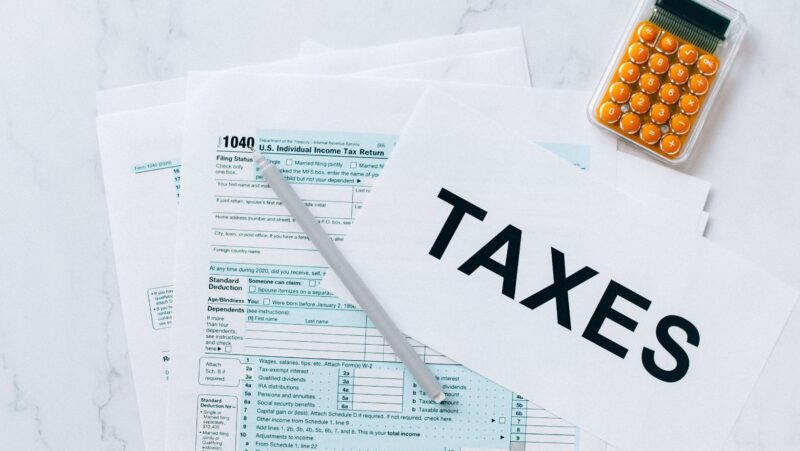
If you’ve ever admired the beauty of easy:sjoop5bbzta= flower drawing and wanted to capture that essence on paper, you’re in the right place. Drawing flowers can seem daunting, but it doesn’t have to be. With a few simple techniques and a little practice, anyone can create stunning floral artwork that brings joy and vibrancy to any space.
Key Takeaways
- Everyone Can Draw Flowers: With basic techniques and consistent practice, individuals of all skill levels can create beautiful floral artwork.
- Essential Materials: A simple set of supplies, including a pencil, paper, eraser, and colored pencils, is often sufficient for drawing flowers.
- Foundational Techniques: Starting with basic shapes and guidelines helps in outlining flowers, ensuring proportionality and symmetry in your drawing.
- Importance of Color: Utilizing coloring techniques like blending and shading enhances the vibrancy and realism of your floral art.
- Practice Makes Perfect: Regular sketching and experimentation with different flowers and techniques build confidence and improve overall drawing skills.
- Learn from Mistakes: Embrace the learning process by allowing room for error, observing light sources, and focusing on finer details to elevate your artwork.
Easy:Sjoop5bbzta= Flower Drawing
Drawing flowers presents a creative outlet for artists of all skill levels. It’s simple to get started with minimal supplies, like pencil, paper, and eraser. Various flower types, such as daisies, roses, and sunflowers, offer diverse shapes and styles that enhance artistic versatility.
I focus on foundational techniques that simplify the process. Basic shapes, like circles and ovals, help outline petals and leaves. Utilizing guidelines can ensure proportionality and symmetry. Gradually adding details and textures creates depth.
Coloring techniques, including blending and shading, bring vibrancy to the drawings. I often use colored pencils or watercolors for richness. Observing real flowers enhances understanding of color patterns and light play.
Practice plays a crucial role in mastering flower drawing. Consistent sketching hones skills and boosts confidence. Online resources and tutorials can provide additional guidance. Joining a local art group also encourages collaboration and inspiration.
Materials Needed
Gathering the right materials simplifies the flower drawing process. Minimal supplies are often sufficient, but additional tools enhance creativity and technique.
Essential Drawing Supplies
- Pencil: Use a standard graphite pencil for sketching outlines. A range of hardness, like HB to 2B, provides versatility in line quality.
- Paper: Choose smooth, high-quality drawing paper that withstands erasing and heavy lines. A sketchbook or loose sheets are suitable options.
- Eraser: Opt for a soft rubber eraser to correct mistakes without damaging the paper.
- Sharpener: A reliable pencil sharpener maintains a fine point for detailed work.
- Ruler: A straight ruler helps create clean, straight lines if desired.
- Colored Pencils: Invest in a set of colored pencils for adding depth, vibrancy, and shadow to flower drawings.
- Blending Stump: A blending stump aids in smooth transitions between colors, creating a polished look.
- Watercolors: Watercolor paints allow for soft, flowing colors, adding an extra dimension to floral art.
- Brushes: Use watercolor brushes for precise application and blending of paints.
- Fine Liners: Add fine-tipped pens for detailing outlines and enhancing textures in flower petals and leaves.
Step-by-Step Guide to Drawing Easy:Sjoop5bbzta= Flowers
I’ll outline straightforward techniques for easy:sjoop5bbzta= flower drawing, making the process accessible and enjoyable. This guide focuses on essential steps to help anyone create stunning floral artwork.
Initial Sketching Techniques
- Select Flower Type: Choose a specific flower like a daisy or rose for your drawing. This decision provides direction for the shapes you’ll outline.
- Draw Basic Shapes: Start with basic geometric shapes to define the flower’s structure. Use circles for the flower center and ovals for petals.
- Outline Petals: Lightly sketch the petals around the center using curved lines. Ensure varying sizes to add natural appeal.
- Add Leaves: Incorporate leaves by sketching elongated shapes attached to the stem. Keep the lines light to allow adjustments.
- Adjust Proportions: Assess the overall balance of your sketch. Modify any part to ensure the flower looks symmetrical and pleasing.
- Refine Petal Edges: Go over the petal outlines to create smooth edges. Add slight curves for realism.
- Include Veins in Leaves: Draw slender lines on the leaves to represent veins. This detail adds depth and character.
- Add Inner Flower Details: Sketch details in the flower center, such as dots or lines. This step enhances the focal point of the drawing.
- Use Crosshatching: Apply crosshatching techniques in shaded areas to create texture. This method adds dimension and interest to your flower.
- Consider Light Source: Identify a light source and darken areas opposite it for realistic shading. This technique brings the drawing to life.
Tips for Perfecting Your Flower Drawing
Focusing on common pitfalls and strategies enhances flower drawing skills. Here’s how to avoid mistakes and improve techniques effectively.
Common Mistakes to Avoid
- Ignoring Proportions: Sketching without considering the size ratios can lead to unnatural shapes. Always observe the flower’s actual proportions to maintain accuracy.
- Overlooking Details: Skipping finer elements like petal veins or leaf textures can make drawings appear flat. Pay attention to these nuances for added depth.
- Being Too Hard on Yourself: Expecting perfection on the first attempt can hinder creativity. Allow for mistakes as part of the learning process.
- Rushing the Process: Hurrying through sketches often leads to missed opportunities for refinement. Take your time to build layers and details.
- Neglecting Light Sources: Forgetting to consider where the light falls diminishes realism. Always factor in your light source for effective shading.
- Study Different Flowers: Observing various flower types enhances understanding of shapes and details. Spend time drawing multiple flowers to build a versatile skill set.
- Practice Basic Shapes: Breaking flowers into simple geometric shapes makes them easier to draw. Start with circles, ovals, and triangles to create a foundation.
- Utilize References: Using images or real flowers as references helps in mastering accuracy. Analyzing these references sharpens observation skills.
- Experiment with Shading: Try different shading techniques, such as crosshatching and stippling, to improve depth. Various methods can offer unique textures to your artwork.
- Engage in Regular Practice: Committing to consistent drawing sessions strengthens skills over time. Set aside time each week to focus on new techniques and styles.
World of Creativity
Easy:sjoop5bbzta= flower drawing is a rewarding journey that opens up a world of creativity. With just a few basic techniques and consistent practice, I’ve seen how anyone can transform simple lines into stunning floral art. The beauty of this skill lies in its accessibility; all you really need is a pencil and paper to get started.
As I explore different flower types and techniques, I find that each drawing brings new joy and inspiration. Embracing mistakes and learning from them has been crucial in my artistic growth. So whether you’re a beginner or looking to refine your skills, remember that the key is to enjoy the process and keep practicing. The vibrant world of flower drawing awaits you.










